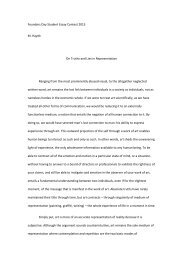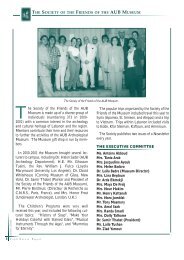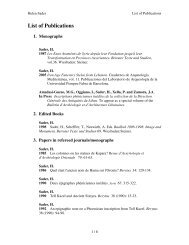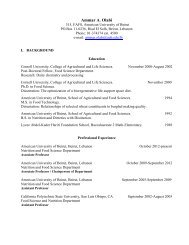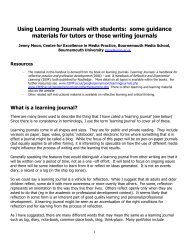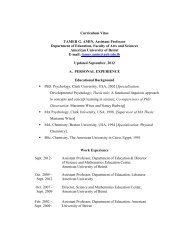The IX t h Makassed Medical Congress - American University of Beirut
The IX t h Makassed Medical Congress - American University of Beirut
The IX t h Makassed Medical Congress - American University of Beirut
Create successful ePaper yourself
Turn your PDF publications into a flip-book with our unique Google optimized e-Paper software.
NEW ORAL ANTICOAGULANTS<br />
Ismaïl Elalamy MD<br />
“Thrombosis, both venous and arterial, is a major cause <strong>of</strong> morbidity and mortality worldwide.<br />
Consequently, there is an ongoing search for new antithrombotic drugs, particularly novel<br />
anticoagulants. Recently, this armamentarium undergoes a major change with the introduction<br />
<strong>of</strong> new specific and oral anticoagulants that are likely to fulfil many <strong>of</strong> the unmet needs <strong>of</strong><br />
current warfarin and heparin therapies. A direct thrombin inhibitor, dabigatran etexilate,<br />
and a direct factor Xa inhibitor, rivaroxaban are actually marketed for an easier and safer<br />
venous thromboembolism prevention following orthopaedic surgery. Large ongoing trials try<br />
to demonstrate that these drugs would also simplify and optimize stroke prevention in atrial<br />
fibrillation, treatment <strong>of</strong> venous thromboembolism and prevention <strong>of</strong> ischemic events in acute<br />
coronary syndrome. This presentation reviews the latest developments <strong>of</strong> new anticoagulants<br />
and focuses on those which have been approved or are in advanced development”.<br />
ADVANCES AND CHALLENGES IN PEDIATRICS ONCOLOGY<br />
Rima Fuad Jubran MD, MPH<br />
Cancer is the leading cause <strong>of</strong> disease related mortality in children in the United States and<br />
approximately 12, 4000 children are diagnosed in the U.S. every year. During this talk we will<br />
discuss the history <strong>of</strong> major advances in pediatric oncology therapy and approach to patients.<br />
We will discuss the future challenges for the field as well as overall strategies for developing more<br />
effective therapies for high risk pediatric cancers. Finally we will talk about cancer survivorship<br />
and issues faced by survivors.<br />
BREAST SCREENING WITH MRI FOR HIGH RISK WOMEN IN ADJUNCT TO<br />
MAMMOGRAPHY<br />
Nagi Atallah, MD<br />
<strong>The</strong> demand for breast MRI is increasing. Image quality is improving. <strong>The</strong> sensibility is high and<br />
with high resolution. Image specificity is higher, based on enhancement or DWI or spectroscopy.<br />
Screening high risk women represent 70% <strong>of</strong> the indications in the USA in response to the<br />
recommendations <strong>of</strong> the ACS.<br />
What is high risk women?<br />
- Women with genetic mutation (BRCA), with strong family history or personal history <strong>of</strong><br />
breast or ovarian cancer<br />
Life time risk >20-25% is considered as high risk depending on the risk models (Gail or Tyrer-Cuzick).<br />
Used for risk estimation (NCI, IBIS).<br />
Breast MRI is done in adjunct to mammography because there are some DCIS or ILC that do not<br />
enhance.<br />
In that group <strong>of</strong> women MRI alone detects twice more cancers than mammography alone. But<br />
there are some radiologists or other specialists that believe we are living the impending decline<br />
<strong>of</strong> screening mammography.<br />
75






